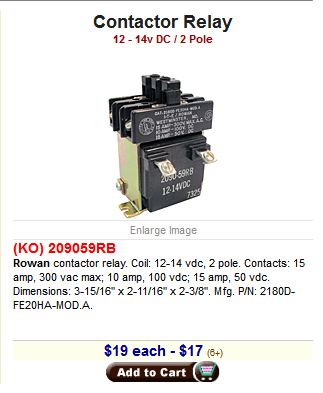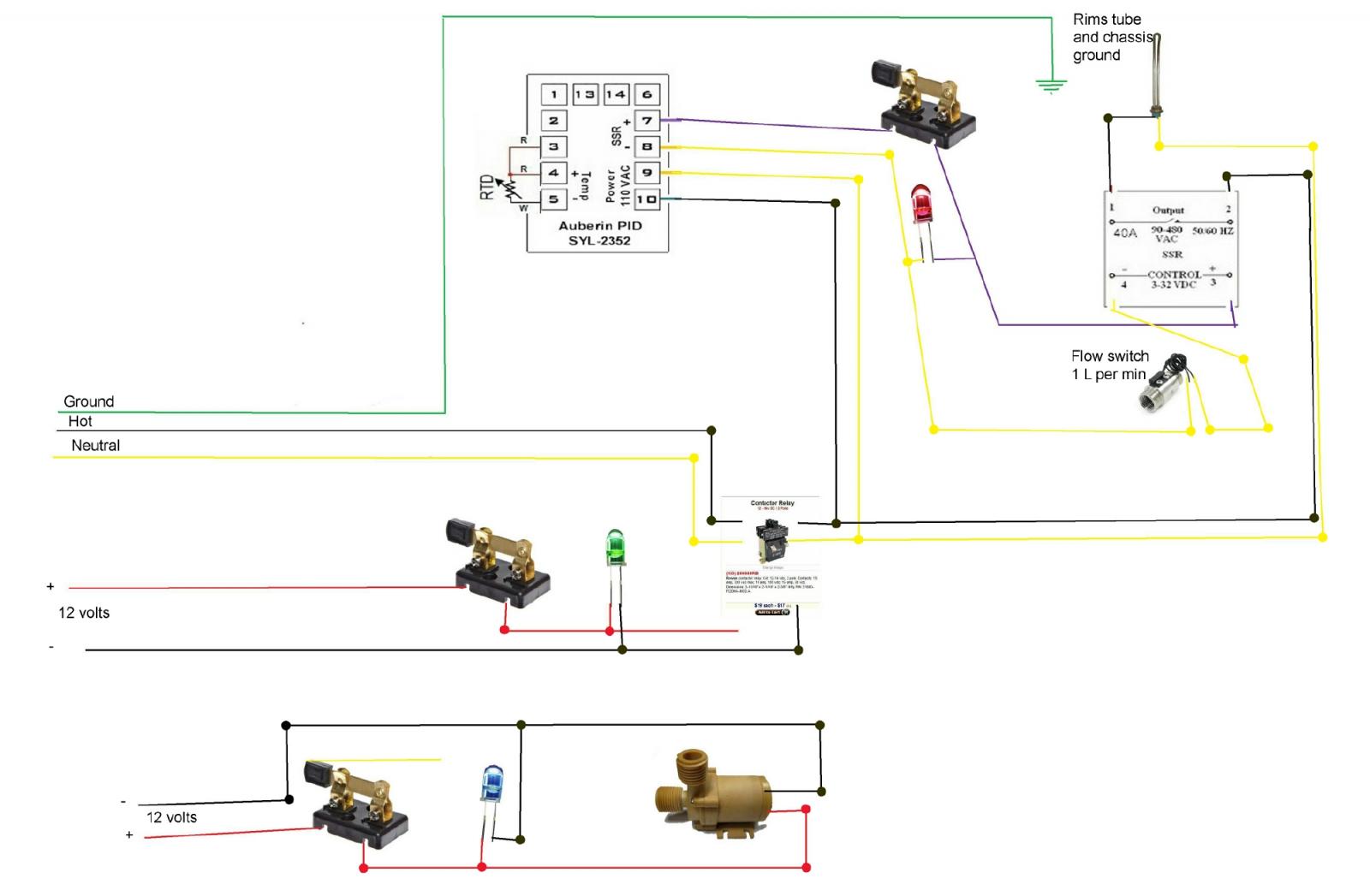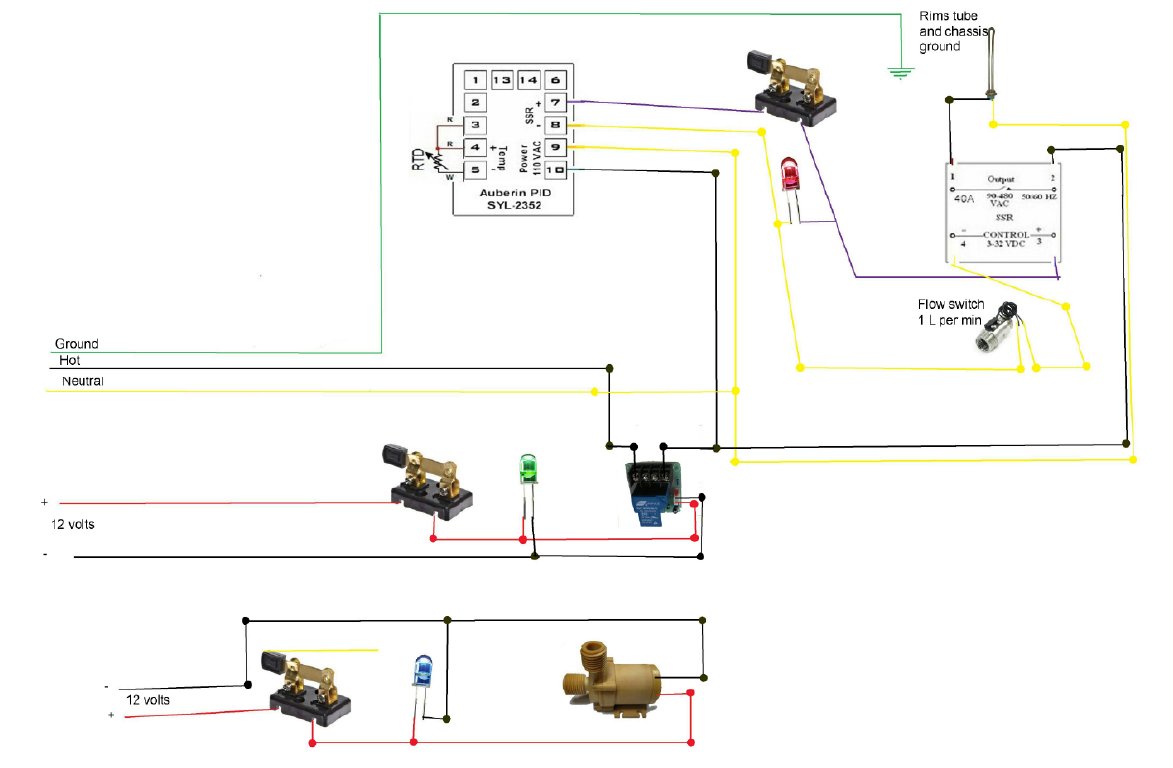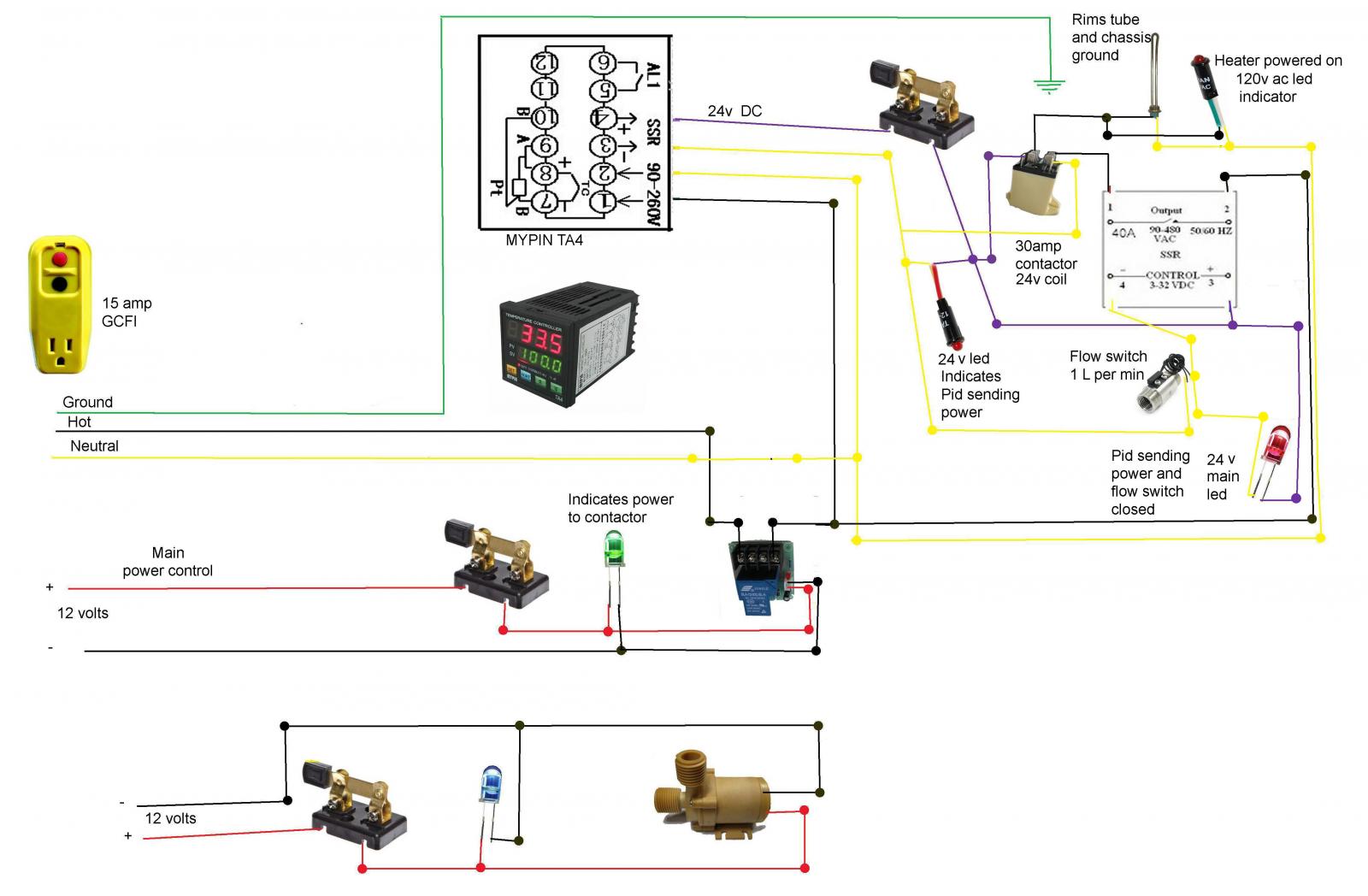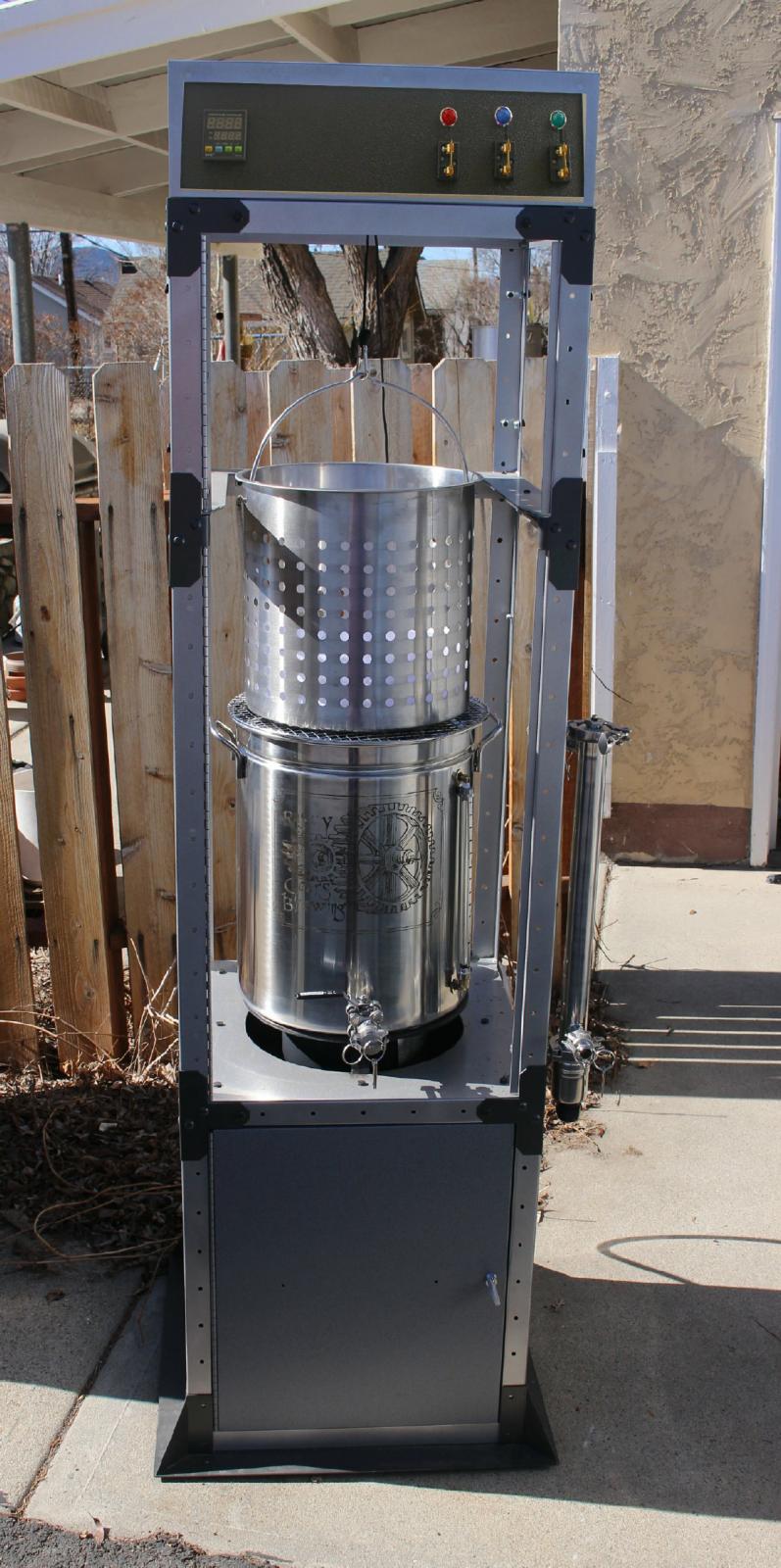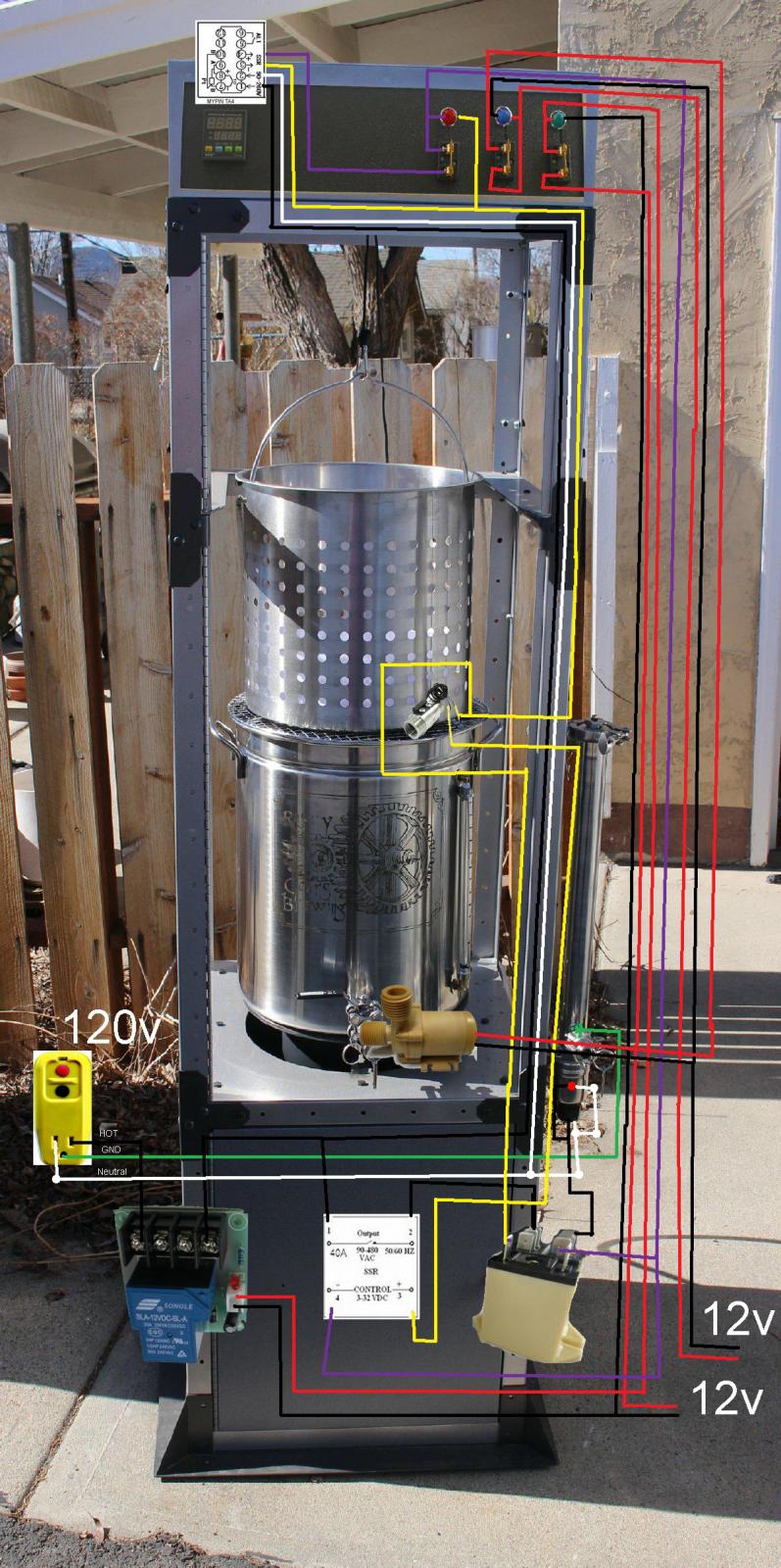JINKS
Fermentator Extrordinaire
- Joined
- Mar 2, 2014
- Messages
- 846
- Reaction score
- 357
Can the electrical geniuses out there please check my work to make sure that I wont kill myself on my first e-BIAB day.
Shown LeD's are for illustration only I have 12v panel rated ones. (just couldnt find a good picture.)
Using knife switches as an aesthetic, although they do add unnecessary complications.

Shown LeD's are for illustration only I have 12v panel rated ones. (just couldnt find a good picture.)

Using knife switches as an aesthetic, although they do add unnecessary complications.




